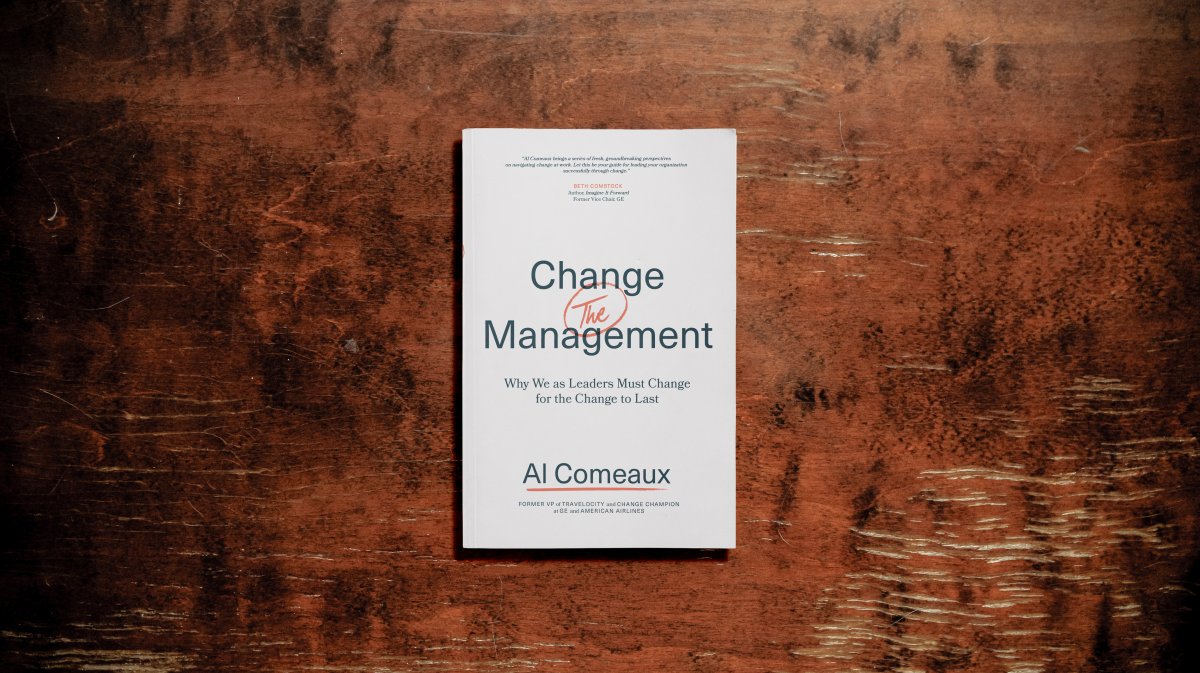
Why We as Leaders Must Change for the Change to Last
A personal message from the author:
After a humiliating failure leading a Change effort more than 20 years ago, I set out to understand why we had failed. I soon learned that 2/3 of change efforts fail. I wanted to know why. Why do we keep trying to change our organizations when we have such a terrible track record? And why are we as leaders so awful at this?
It started me on a 20-year journey during which I led countless changes…a hostile takeover, a leveraged buyout/take private, an IPO, three CEO transitions, two startups inside large organizations and too many other changes to count. I also spent this time studying other companies that were going through changes and learning what differentiated the winners and losers. And I studied the thousands upon thousands of pages in the literature on Change Management.
What I’ve learned, and what I’m certain of are two things:
- Having leaders who model change is by no means the only important factor in successful change efforts. But not having leaders who truly support and model the change— or worse, having leaders who act incongruently or in any way unsupportive—has to be the single biggest factor in change efforts that fail. So many things can go wrong in a change. This one thing must go right.
- And, if we want successful, lasting change, we should not try to get people to change their behaviors. Trying to get people to change their behaviors is actually counterproductive. Instead, what we must do is to get people to WANT to change their behaviors. The former yields mere compliance; it’ll last a while but usually not for long. The latter is contagious, energy-inducing, and lasting. And the difference is monumental.
— Al Comeaux
There’s a reason two-thirds of organizational change initiatives are unsuccessful and an estimated $2 trillion is wasted on change each year: change efforts are largely one-dimensional. Now, Change (the) Management brings a second dimension to the conversation. In addition to setting rational goals, leaders also must become deeply involved in the change process—not outsourcing it to others. They must pull their people through the change, reaching them on an emotional level rather than pushing change on their people transactionally. With well-told stories that illustrate the need for this fundamentally new way of thinking, this book finally speaks straight to leaders to help them re-think how to manage change…and even how to lead every day. Instead of drawing on the work of outside observers, Change (the) Management draws on the author’s decades of experience in-seat as a change champion and senior executive at well-known companies as well as decades of research on the subject of organizational change.
